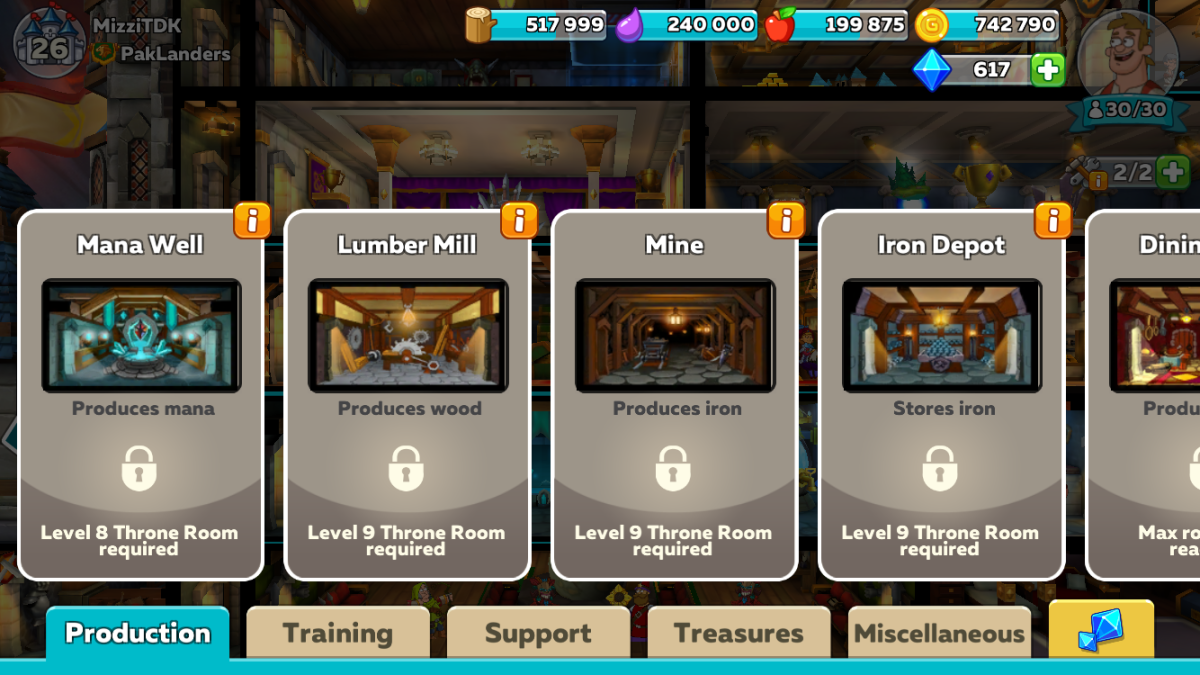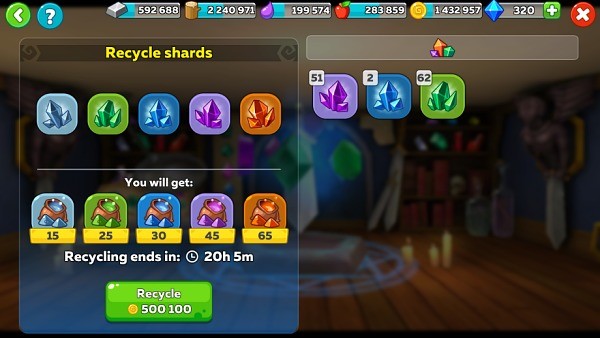

In the Roaring Twenties and into the 1930s, Hearst Castle reached its social peak.

Working in close collaboration with Hearst for over twenty years, the castle at San Simeon is her best-known creation. Morgan was an architectural pioneer "America's first truly independent female architect", she was the first woman to study architecture at the School of Beaux-Arts in Paris, the first to have her own architectural practice in California and the first female winner of the American Institute of Architects Gold Medal. Within a few months of Phoebe Hearst's death, he had commissioned Morgan to build "something a little more comfortable up on the hill", the genesis of the present castle. He used his fortune to further develop his media empire of newspapers, magazines and radio stations, the profits from which supported a lifetime of building and collecting. In 1919 Hearst inherited some $11 million (equivalent to $164,197,697 in 2020) and estates including the land at San Simeon. George Hearst, William Randolph Hearst's father, had purchased the original 40,000 acres (162 km 2) estate in 1865 and Camp Hill, the site for the future Hearst Castle, was used for family camping vacations during Hearst's youth. Today, Hearst Castle is a museum open to the public as a California State Park and registered as a National Historic Landmark and California Historical Landmark. Conceived by William Randolph Hearst, the publishing tycoon, and his architect Julia Morgan, the castle was built between 1919-47. Hearst Castle, known formally as La Cuesta Encantada ( Spanish for "The Enchanted Hill"), is a historic, palatial estate in San Simeon, California, located on the Central Coast of California.

Spanish Colonial Revival, Mediterranean Revival, other late 19th and 20th century revival styles


 0 kommentar(er)
0 kommentar(er)
